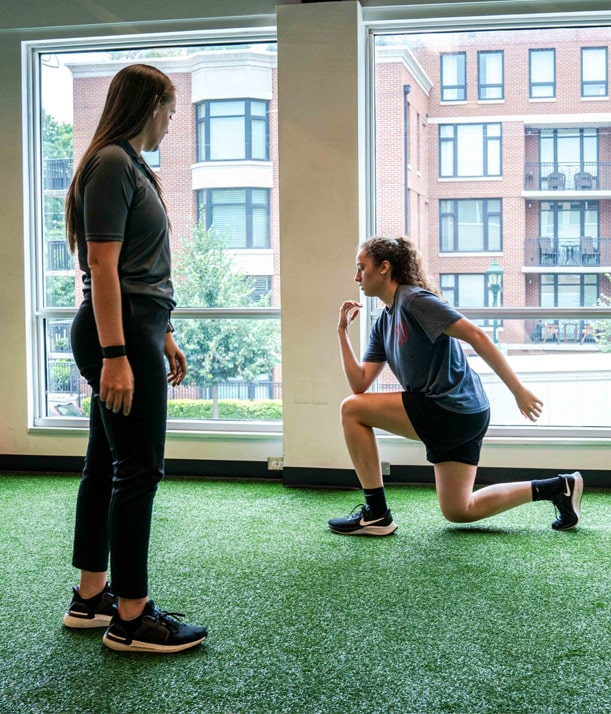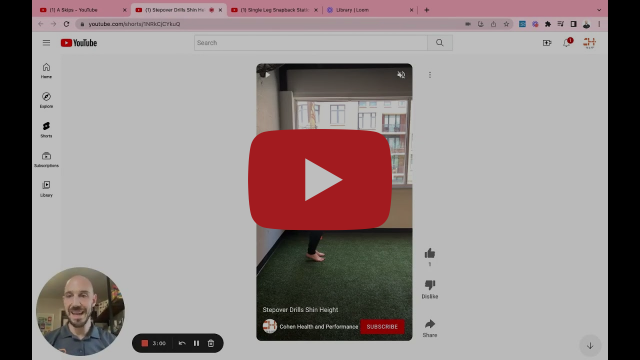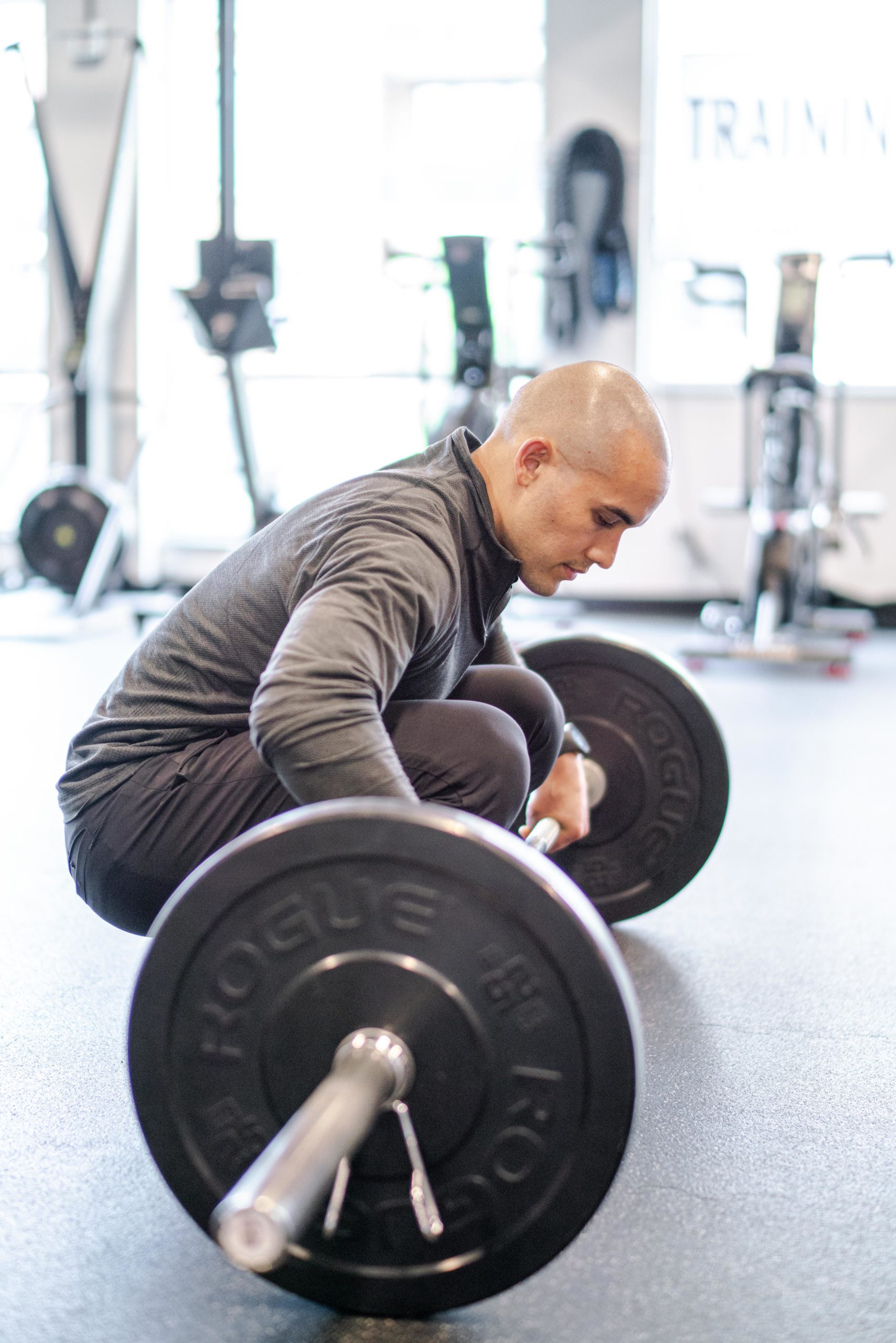Are you looking for ways to improve your running performance, without having to tack on more and more volume? If you are anything like our physical therapy clients in Bethesda, I bet the answer is yes!
It is often misunderstood that the only way to become a better runner is to run farther and faster. While this might be the ultimate goal, strength training plays an important role in improving overall fitness for race performance!
Implementing strength training into a consistent exercise routine has been shown to improve running economy (efficiency!) and prevent injuries. These two things are critical for successful, long-term running success and consistently are an essential component of the physical therapy process!
More specifically, strength training helps to reduce injury risk and increase muscular endurance. Research shows that regular strength training improves a runner’s speed and VO2 max. VO2 max is a measure of the maximal amount of oxygen that a person can use during exercise.
However, there is one important caveat to all of these great benefits. A runner’s strength training program must be designed and executed appropriately, and according to the runner’s goals and individual characteristics.
Luckily, most runners have similar goals. They wish to run faster and/or farther, and avoid injury. Strength training programs for runners should consist of exercises that improve qualities specific to running.
But where do you start? With endless exercise options, it’s hard to get started on your own.
That is why we are hosting a FREE workshop to teach you the strength training program that will take your performance to the next level.
All ages and skill levels are welcome!
Click here for more information and to sign up!






